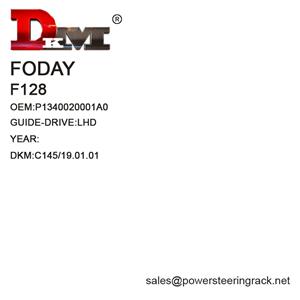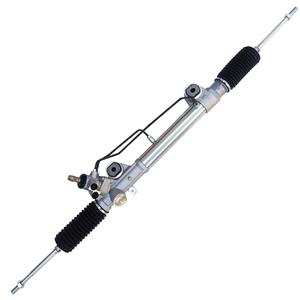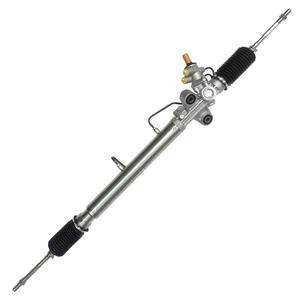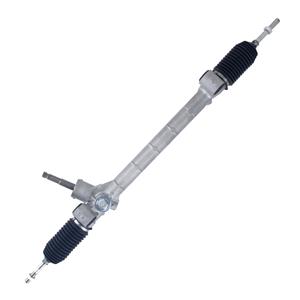How do I know if the power steering pump is broken or the steering rack is faulty?
The power steering system is a vital part of modern cars. It not only reduces the driver's steering pressure, but also enhances the vehicle's handling and stability. The power steering system plays a particularly important role in city driving, parking, and low-speed driving. However, as the vehicle ages, problems may occur in the power steering system, with the power steering pump and power steering rack being one of the most common sources of failure.
When drivers encounter steering difficulties, a heavier steering wheel, or unusual noises during steering, many people are confused first: Is the power steering pump broken or is there a problem with the power steering rack? How to determine the root cause of the problem so that the right remedy can be taken to repair it? This article will discuss in detail how to distinguish between power steering pump and power steering rack problems through observation, hearing, and other judgment methods, helping car owners make accurate judgments when steering failures occur.
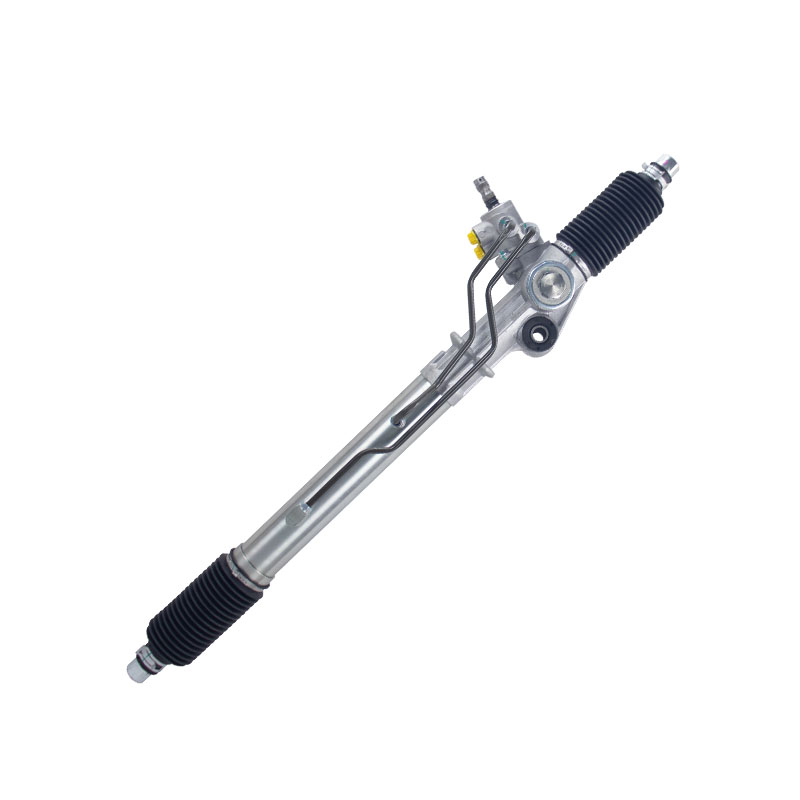
What is the power steering system?
To understand how to distinguish between power steering pump and power steering rack failures, we first need to understand the basic structure of the power steering system and its working principle.
1. Composition of the power steering system
Most power steering systems in modern vehicles use hydraulic power steering (HPS) or electric power steering (EPS) technology. The hydraulic power steering system consists of several main components: power steering pump, power steering rack, steering column, power steering oil pipeline and hydraulic oil storage tank.
● Power steering pump: The power steering pump is usually driven by the engine and connected to the engine crankshaft through a drive belt. The main function of the pump is to pressurize the power steering hydraulic oil and transmit it to various components of the steering system through oil pipes. After the hydraulic oil flows into the power steering rack, it can reduce the steering resistance of the steering wheel through hydraulic assistance and reduce the driver's operating burden.
● Power steering rack: The power steering rack is a key mechanical part of the steering system, connecting the steering wheel and the wheels. Its main function is to convert the rotation of the steering wheel into the left and right rotation of the wheels to ensure that the vehicle steers according to the driver's instructions.
2. The role of the power steering pump
The power steering pump is the heart of the power steering system. It converts the mechanical energy of the engine into hydraulic energy, drives the hydraulic oil to flow and generates pressure. The pressure of the hydraulic oil is transmitted to the power steering rack, making the steering wheel easier. When the pump fails, the pressure of the hydraulic oil will not be effectively transmitted, causing the steering to become heavy or completely lose power.
3. The role of the power steering rack
The power steering rack is a mechanical component in the steering system, usually consisting of two parts: a gear and a rack. When steering, the driver rotates the steering wheel, and the gear drives the rack to move in a straight line, thereby pushing the wheel to turn. Power steering rack failures are usually manifested as rack wear, oil seal aging, gear jamming, etc., resulting in abnormal noise, jamming or heavy steering when steering.
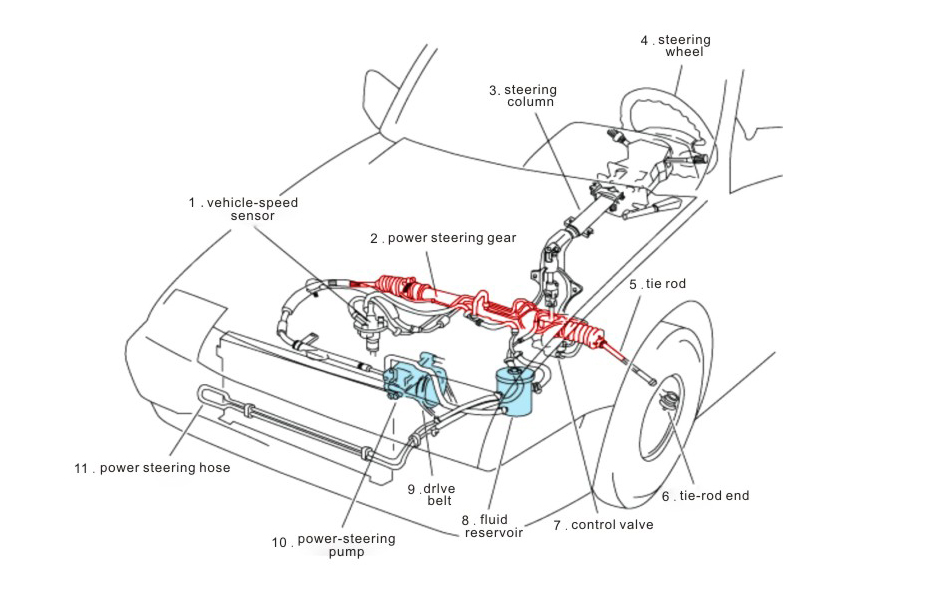
How to distinguish between power steering pump and steering rack failures?
Although both power steering pumps and power steering racks can cause problems with the steering system, their failure manifestations and diagnostic methods are different. Understanding these differences can help car owners quickly determine the root cause of the problem.
1. Symptom comparison
First, car owners can identify the symptoms of power steering pump and power steering rack failures by observation and feeling.
Symptoms of a power steering pump failure:
● Heavy steering wheel: A power steering pump failure usually results in insufficient hydraulic oil flow, which in turn causes the steering assist to weaken or fail. The driver will noticeably feel the steering wheel become heavy, especially when driving at low speeds or parking, where steering difficulties are more obvious.
● Abnormal noise: When the power steering pump is damaged, bubbles may appear in the hydraulic system, causing a "buzzing" or "hissing" abnormal noise. This sound usually occurs when turning the steering wheel, especially when the oil does not flow smoothly when steering.
● Oil leakage: A power steering pump failure may cause hydraulic oil leakage, especially when there is a problem with the pump's seals or pipe connections. If the hydraulic oil leaks, the owner may find that the oil level in the steering system gradually decreases and the steering assist gradually weakens.
● Steering wheel shakes or loosens: When the power steering pump fails, the steering wheel may shake, loosen, or become unstable due to unstable hydraulic system pressure.
Symptoms of power steering rack failure:
● Abnormal noise during steering: If the power steering rack is worn, lacks oil or is otherwise damaged, the owner may hear a "creaking" or other abnormal noise. This sound usually occurs when turning the steering wheel, especially when the rack and gear do not fit well during the turning process.
● Steering jam: When the power steering rack fails, it may cause steering jam or the steering wheel to turn smoothly. Especially during the steering process, the steering wheel may suddenly become heavier or completely unable to turn. This is usually caused by the gear inside the rack jamming or poor lubrication.
● Steering wheel deviation from normal position: If the power steering rack is severely worn, it may cause inaccurate steering of the wheels. The driver may feel that the vehicle is running off the track or the steering wheel is deviating from the normal central position.
2. Driving experience comparison
Through the driving experience, the owner can further determine the source of the problem.
When the power steering pump fails, the driver usually feels that the steering wheel becomes heavier, but there is no obvious jamming. Even when turning, the steering wheel turns smoothly, but lacks power or requires more force to turn. Especially when driving at low speeds, the heavy feeling of the steering wheel is more obvious.
When the power steering rack fails, the driver may feel the resistance of the steering wheel turning change, especially at certain angles. In addition, the failure of the power steering rack may reduce the steering accuracy of the vehicle and even cause the steering wheel to deviate.
3. Hydraulic oil inspection
Hydraulic oil is a key element in the hydraulic power steering system. By checking the status and oil level of the hydraulic oil, the owner can determine whether the power steering pump is faulty.
● Power steering pump failure: If there is a problem with the power steering pump, the hydraulic oil will usually leak, causing the hydraulic oil level to drop. At this time, insufficient hydraulic oil level may cause the hydraulic system to not work properly, thereby affecting the steering assist.
● Power steering rack failure: Although power steering rack failure may also cause hydraulic oil leakage, especially when the hydraulic oil seal fails, the reduction of hydraulic oil is usually not directly related to the failure of the power steering rack. The failure of the power steering rack is more manifested as mechanical stagnation or unsmoothness, and does not involve the flow and pressure of hydraulic oil.
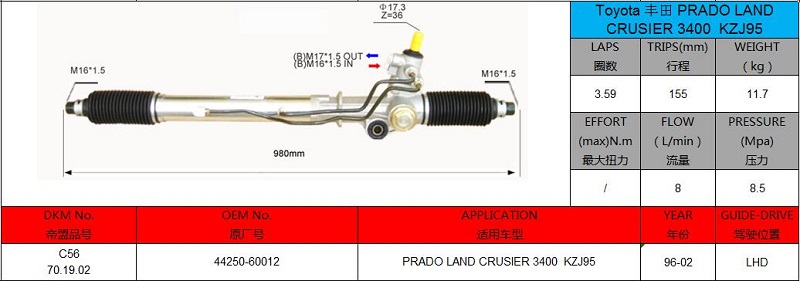
4. Check the working condition of the steering pump
If you suspect that the problem is with the power steering pump, you can start the engine and turn the steering wheel to listen for any abnormal sounds. The power steering pump should be smooth and without obvious noise when working. If you hear a continuous "buzzing" or "whistling" sound, it means that there may be a pump failure, resulting in the hydraulic oil not being pressurized normally. At this time, the oil pressure and oil flow of the power steering pump should be checked.
5. Check the mechanical condition of the power steering rack
Check whether the power steering rack has signs of sticking or wear, especially during the steering wheel turning process. By turning the steering wheel manually, you can feel whether the rack is smooth. Use a lift to raise the front wheels and manually operate the steering wheel to check whether the power steering rack has abnormal resistance. If the power steering rack is damaged or deformed, you will usually feel increased resistance or unstable rotation.
6. Check the steering system hydraulic line
The power steering pump and the power steering rack are connected by hydraulic lines. If there is a leak or blockage in the hydraulic line, it may cause the power steering pump to work abnormally, which will affect the steering performance. Checking the hydraulic lines for damage, aging, or oil leakage can help determine the problem.
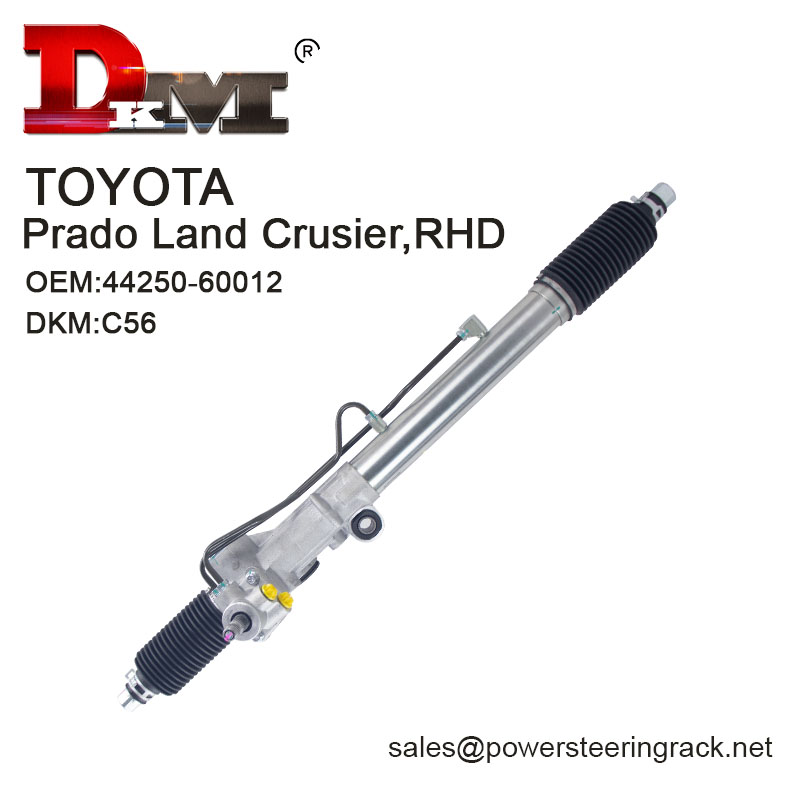
About Guangdong Diamond Auto Parts Co., Ltd.
Guangdong Diamond Auto Parts Co., Ltd. (DKM) was established in 1996 and has become a leading manufacturer of high-quality power steering racks. Our products are sold both domestically to major OEMs and dealers across China, and internationally to regions such as the US, Italy, Ukraine, Russia, Southeast Asia, and the Middle East. Whether you need power steering systems for Toyota, Honda, Mitsubishi, Buick, or other leading brands, DKM is your go-to source for high-quality automotive parts!

